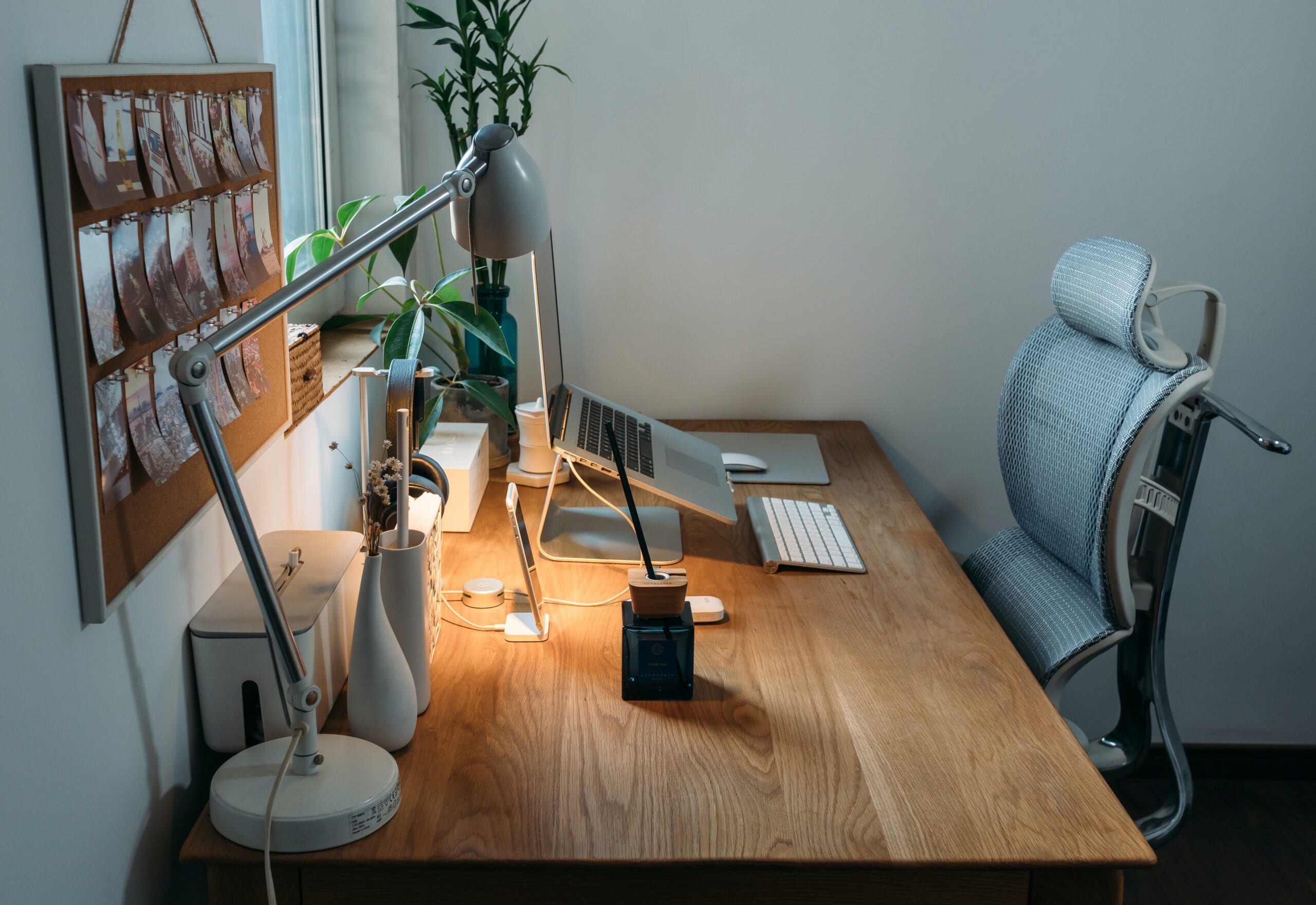Working from home has become increasingly common in recent years, and with the current global situation, it has become even more prevalent. However, many people overlook the importance of creating a comfortable and ergonomic workspace in their home office. In this blog post, we will discuss the significance of ergonomics in the home office and provide tips on how to create a comfortable and productive workspace.
The Importance of Ergonomics
Ergonomics is the science of designing a workspace that promotes efficiency, comfort, and safety. When your home office is ergonomically designed, it can help prevent musculoskeletal disorders, reduce fatigue, and increase productivity.
One of the most common issues faced by individuals working from home is poor posture. Sitting for long periods in an incorrect posture can lead to back pain, neck strain, and other discomforts. By incorporating ergonomic principles into your home office setup, you can minimize the risk of developing these issues.
Tips for Creating an Ergonomic Home Office
1. Choose the Right Chair: Invest in a good quality office chair that provides proper lumbar support and is adjustable in height. Ensure that your feet are flat on the floor and your knees are at a 90-degree angle when sitting.
2. Position Your Monitor: Place your monitor at eye level, about an arm’s length away from you. This will help reduce strain on your neck and eyes. Use a monitor stand or adjust the height of your chair if needed.
3. Arrange Your Keyboard and Mouse: Position your keyboard and mouse so that your arms are at a 90-degree angle and your wrists are straight. Consider using an ergonomic keyboard and mouse to minimize strain on your hands and wrists.
4. Take Breaks and Stretch: Remember to take regular breaks and stretch your muscles. Sitting for long periods without movement can lead to stiffness and discomfort. Stand up, walk around, and perform simple stretches to keep your body active.
Additional Tips for a Productive Workspace
While ergonomics is essential for a comfortable home office, there are also other factors that contribute to a productive workspace:
– Keep your workspace clean and organized to reduce distractions.
– Ensure proper lighting to avoid eye strain.
– Use noise-cancelling headphones or a white noise machine to minimize external distractions.
– Incorporate plants or natural elements to create a calming and inspiring environment.
Conclusion
Creating an ergonomic and comfortable workspace in your home office is crucial for your well-being and productivity. By following the tips mentioned in this blog post, you can ensure that your home office promotes good posture, reduces discomfort, and enhances your overall work experience.
